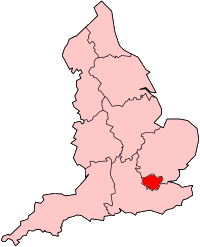| Blackwall Point Power Station | |
|---|---|
 Blackwall Point Power Station from Greenwich Park, 1973 | |
 | |
| Country | England |
| Location | Greenwich, London |
| Coordinates | 51°29′52″N0°00′41″E / 51.497800°N 0.011500°E |
| Status | Decommissioned and demolished |
| Construction began | 1900 & 1947 |
| Commission date | 1900 & 1951 |
| Decommission date | 1947 & 1984 |
| Owners | Blackheath and Greenwich Electric Light Co. subsequently the South Metropolitan Electric Light and Power Co., then the County of London Electric Lighting Co. British Electricity Authority (1948–1955) Central Electricity Authority (1955–1957) Central Electricity Generating Board (1958–1984) |
| Operator | Operated by owner |
| Thermal power station | |
| Primary fuel | Coal |
| Site area | 3.5 acres |
| Chimneys | One |
| Cooling towers | None |
| Cooling source | River water |
| Power generation | |
| Units operational | 3 × 30 MW (1951 station) |
| Make and model | English Electric Company |
| Units decommissioned | All |
| Nameplate capacity | 100.5 MW [1] |
| Annual net output | see graph in text |
| External links | |
| Commons | Related media on Commons |
grid reference TQ3961079623 | |
Blackwall Point Power Station was a coal-fired power station on the east side of the Greenwich Peninsula, in London. An early station from the 1890s was replaced in 1951 by a new station, which itself ceased operation in 1984. The station was constructed on a three-acre site at the north-west end of River Way to the south-east of the South Metropolitan Gasworks, since redeveloped as East Parkside.

